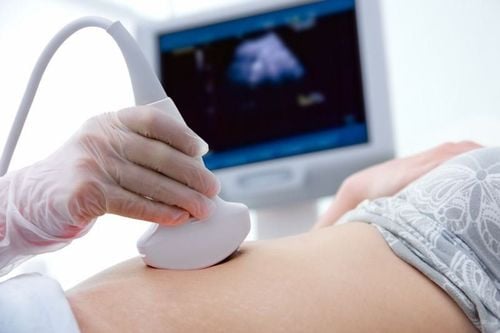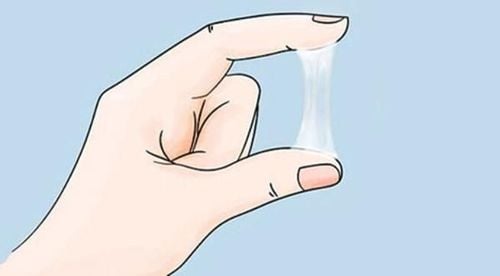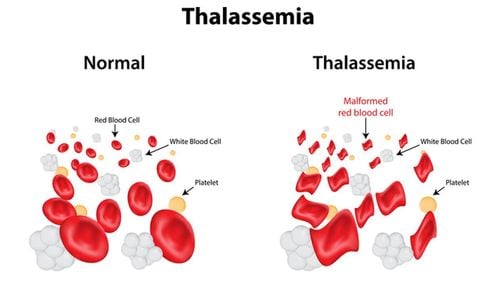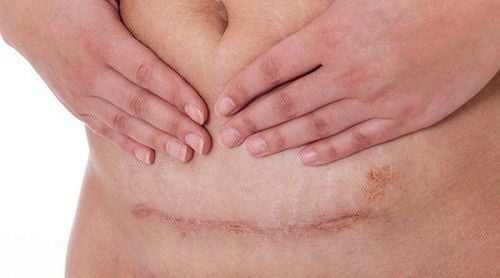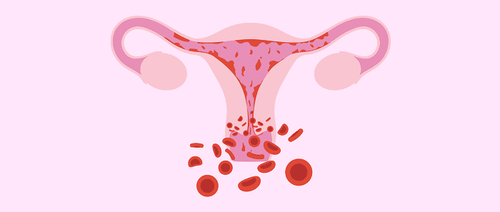This is an automatically translated article.
The article was professionally consulted with Doctor Nguyen Anh Tu - Doctor of Obstetric Ultrasound - Prenatal Diagnosis - Department of Obstetrics - Vinmec Hai Phong International General Hospital.When performing invasive prenatal diagnostic techniques such as chorionic villus sampling, a sample of chorionic villus cells will be taken for testing. Abnormal placental cells almost mean the fetus too.
1. Purpose of chorionic villus biopsies
A diagnostic test before a chorionic villus biopsy is a test that helps the doctor know for sure if the fetus has genetic abnormalities and infections.If there is a family history of genetic diseases (such as Tay-Sach disease or hemophilia), chorionic villus sampling is used to find out if the genetic disorder is present in the baby . Chorionic villus biopsies also find chromosomal birth defects such as Down syndrome. However, placental biopsies cannot detect congenital neural tube defects, and cannot be used to check for developing fetal lungs.
After the diagnosis of prenatal genetic abnormalities, parents will have a plan of appropriate care and treatment after the baby is born or with certain diseases that can be treated before the baby is born. . In some bad cases, the fetus has severe malformations that are difficult to treat, parents can decide to terminate the pregnancy early, after consulting the doctor with the results of the chorionic villus biopsy.
2. What disease does a chorionic villus biopsies detect?
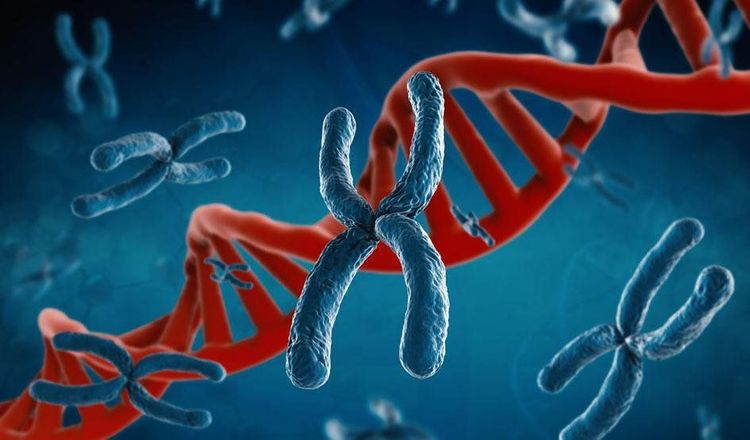
Chromosomal pathology such as: Down syndrome (retardation of mental development and some physical features), Edward's syndrome (disordered may lead to miscarriage, premature birth, loss of ability to develop). Genetic disorders such as cystic fibrosis make secretions thicker and more sticky, which interferes with the proper functioning of certain organs. Musculoskeletal system disorders such as: Duchenne myasthenia gravis - a condition that leads to progressive muscle weakness and deformities. Blood disorders such as: thalassemia - a condition that affects the body's ability to make red blood cells; anemia affects the ability of red blood cells to carry oxygen throughout the body. Disorders in metabolism such as: antitrypsin deficiency - the body does not produce alpha-1 antitrypsin protein, phenylketouria or the enzyme phenylalanine hydroxylase. Neurological conditions such as: fragile X syndrome - affects appearance, intelligence and behavior. In addition to these conditions, there are many other less common conditions that are diagnosed by chorionic villus sampling.
3. Who should perform a chorionic villus biopsy?
Doctors don't usually recommend that all women have a routine chorionic villus biopsy during pregnancy. This test is used only when other test results show that the fetus has a high risk of genetic diseases:High-risk triple test and combined test Thick nuchal translucency. High-risk noninvasive screening test (NIPT). Parents with certain genetic disorders (thalassemia) History of having a child with certain genetic birth defects History of having a baby with chromosomal disorders Ultrasound detects some abnormalities such as: cleft lip cleft palate, heart defects, kidney structural abnormalities...
4. When is a chorionic villus biopsy done?

5. How is a chorionic villus biopsy done?
A placental biopsy is the removal of a small amount of placental tissue from the uterus. The placental sample will be obtained with a needle or catheter through the abdomen. During this procedure, you will be numbed to relieve pain and stress. After the procedure, you may experience light vaginal bleeding. The risk of miscarriage with the procedure is about 1 in 500.Please dial HOTLINE for more information or register for an appointment HERE. Download MyVinmec app to make appointments faster and to manage your bookings easily.





